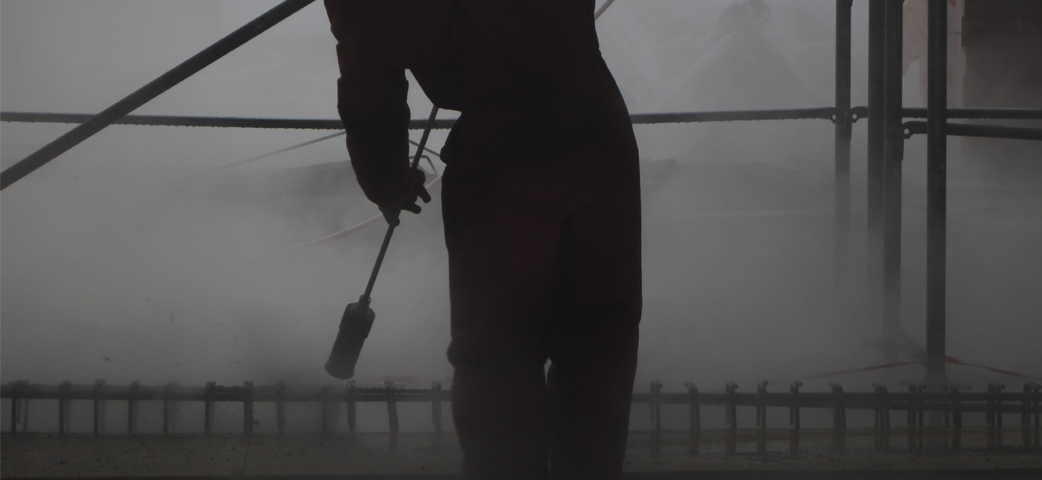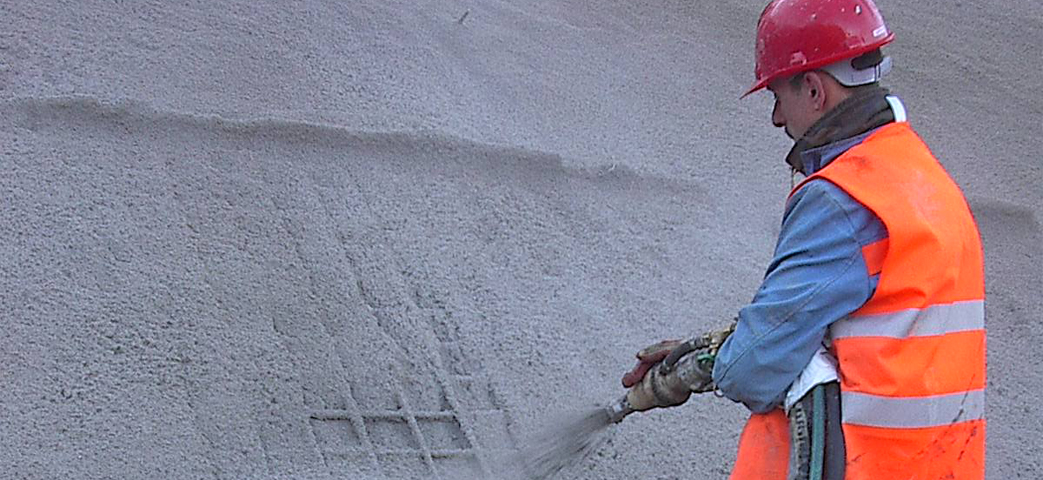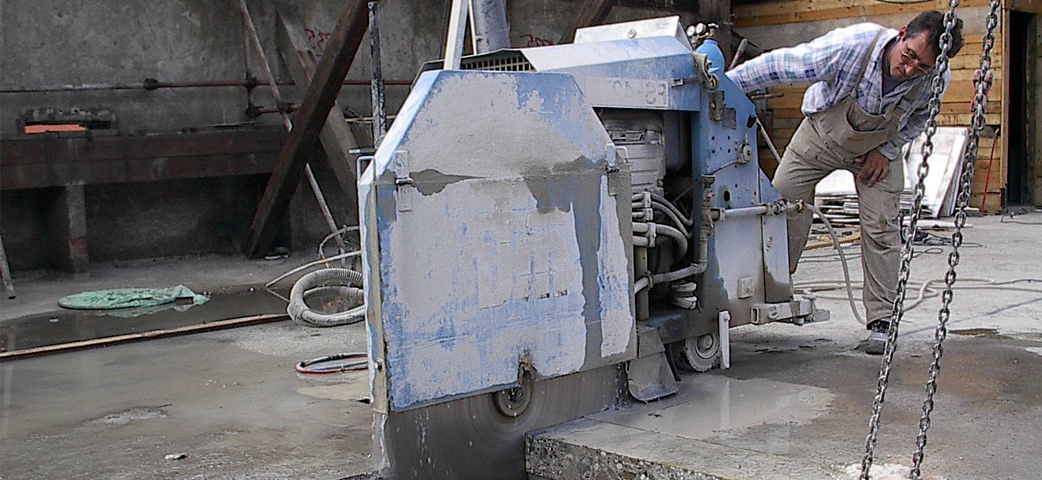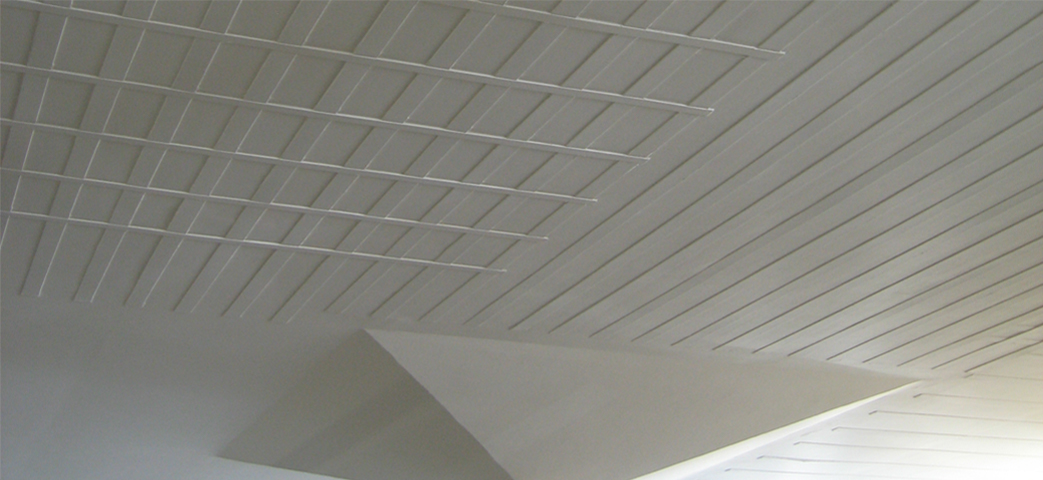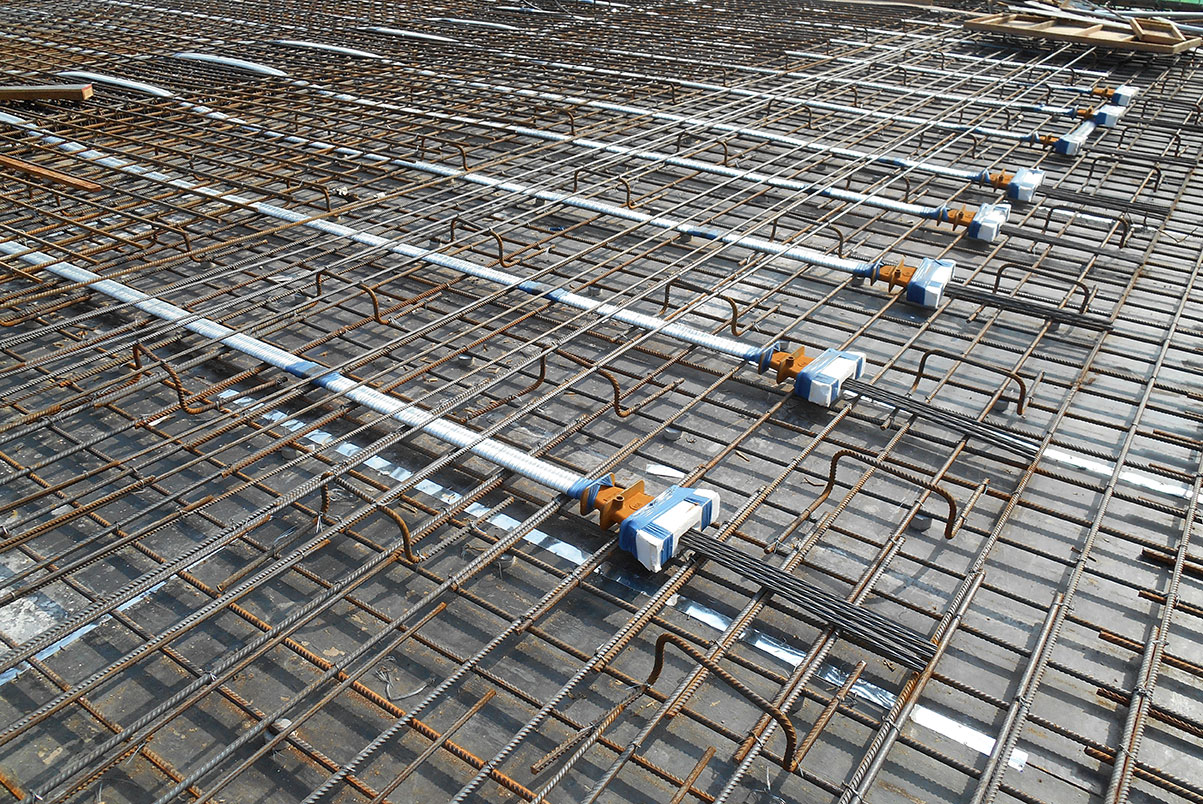Special construction works
Special construction works refer to a set of works that require special equipment, materials, knowledge and skills that are not required in standard construction procedures. Special works usually provide properties that cannot be achieved through standard procedures. They also restore the fundamental properties to the building if they have been compromised during construction or use.
Grouting
Grouting as a remediation measure ensures integrity, durability and full functionality of the structure, as well as durability and mechanical and material properties. For the purpose of ensuring durability and protection of construction materials, grouting is a recommended measure against the penetration of harmful factors from the environment or stored contents. It is also used for moisture control, seepage of liquids and degradation processes they initiate (concrete carbonation, electrochemical rebar corrosion, alkaline-silicate reaction…) or degradation, destruction and loss of stored material or inventory.
- materials based on high-strength and high-bonding epoxy resins for force transmission, bonding and rehabilitation of the load-bearing structure.
- acrylic and polyurethane crack filler materials with elastoplastic properties for increased structure ductility or for waterproofing.
- reactive swelling materials to prevent direct water penetration.
- suspensions based on microcement, colloidal microsilica and polymeric materials for foundation soil stabilization and improvement.
- silicate or silicone suspensions for preventing capillary moisture.
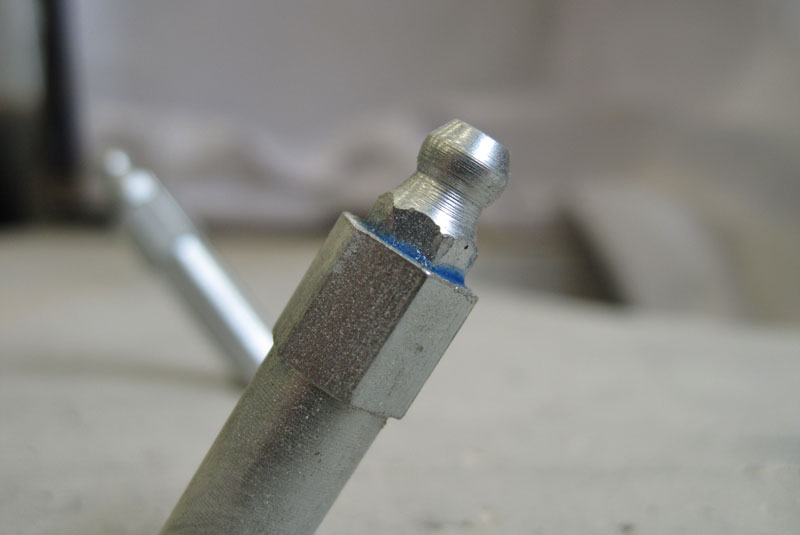

Grouting
Grouting as a remediation measure ensures integrity, durability and full functionality of the structure, as well as durability and mechanical and material properties. For the purpose of ensuring durability and protection of construction materials, grouting is a recommended measure against the penetration of harmful factors from the environment or stored contents. It is also used for moisture control, seepage of liquids and degradation processes they initiate (concrete carbonation, electrochemical rebar corrosion, alkaline-silicate reaction…) or degradation, destruction and loss of stored material or inventory.
- materials based on high-strength and high-bonding epoxy resins for force transmission, bonding and rehabilitation of the load-bearing structure.
- acrylic and polyurethane crack filler materials with elastoplastic properties for increased structure ductility or for waterproofing.
- reaktivne bujajuće materijale za sprečavanje direktnih prodora vode.
- suspensions based on microcement, colloidal microsilica and polymeric materials for foundation soil stabilization and improvement.
- silicate or silicone suspensions for preventing capillary moisture.
STRUCTURAL AND NON-STRUCTURAL REPAIR
Structural and non-structural repairs of a building are procedures of remediation and restoration of the geometric or functional properties of structural elements. Non-structural repairs include elements that do not primarily participate in the mechanical resistance of the structure, whereas structural repairs include load-bearing structural elements whose repair affects load-bearing capacity or durability.
STRUCTURAL REINFORCEMENT
Structural reinforcement is the process of increasing the mechanical resistance of a structure or restoring its deteriorated properties due to unforeseen exploitation impacts, incidents or natural disasters.
FOUNDATION REMEDIATION
Remediation of buildings due to foundation problems is often one of the most demanding remediation procedures. The impact of an inadequate foundation on the structure is manifested through several aspects – from local or global loss of stability, differential settlement or settlement outside expected values, up to significant deformations and loss of structural integrity.
Sub Vision d.o.o. provides the service of geotechnical surveying and research works, geotechnical design, as well as works on improving the geotechnical characteristics of the soil through grouting and micropiling works.
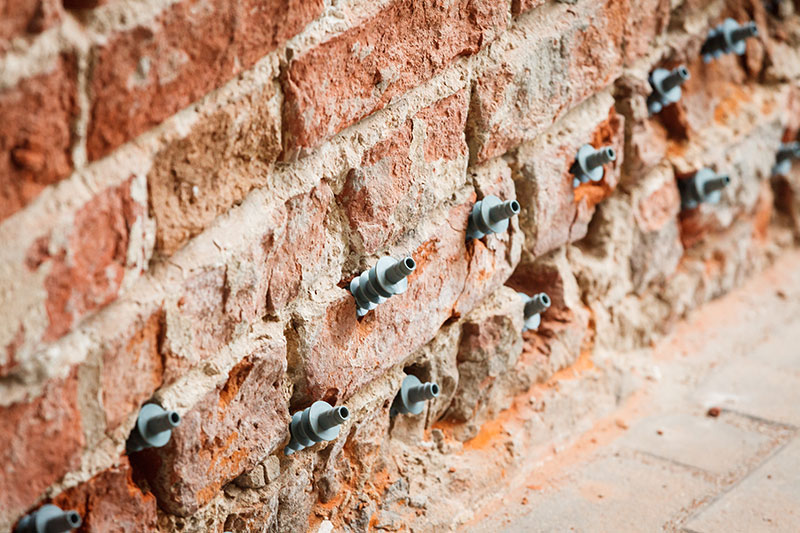
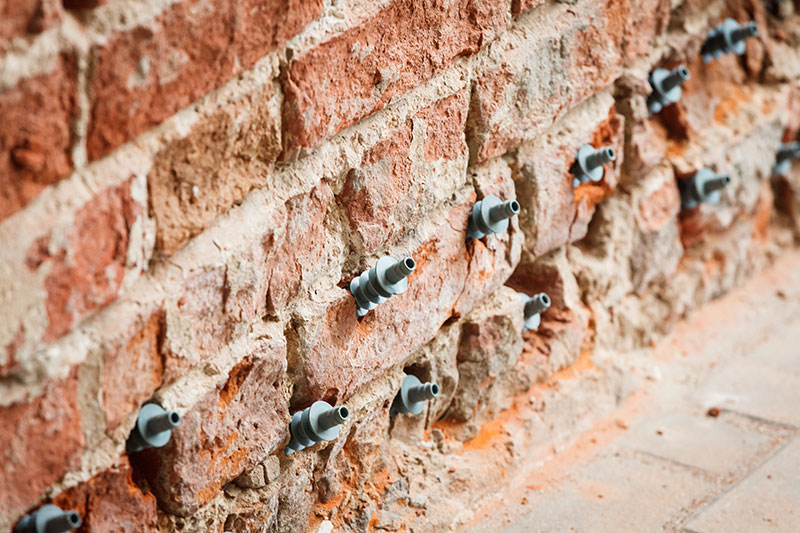
FOUNDATION REMEDIATION
Remediation of buildings due to foundation problems is often one of the most demanding remediation procedures. The impact of an inadequate foundation on the structure is manifested through several aspects – from local or global loss of stability, differential settlement or settlement outside expected values, up to significant deformations and loss of structural integrity.
Sub Vision d.o.o. provides the service of geotechnical surveying and research works, geotechnical design, as well as works on improving the geotechnical characteristics of the soil through grouting and micropiling works.
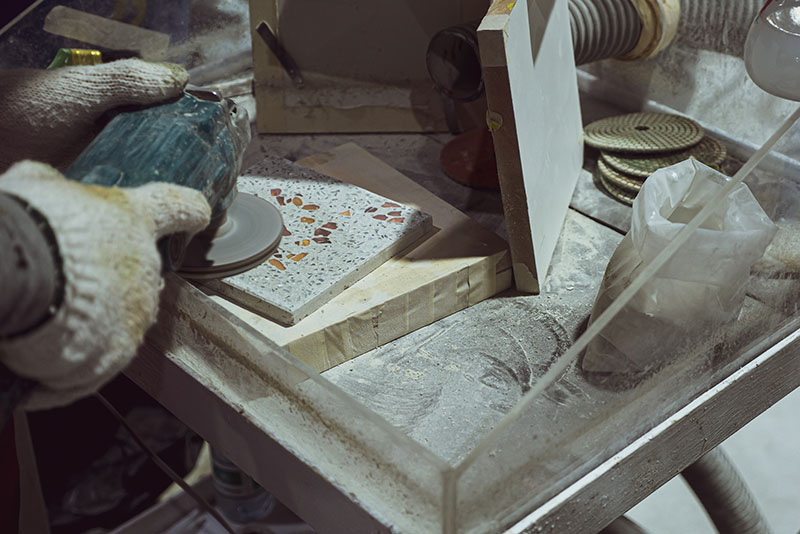
Floor remediation and reconstruction
Floors are generally neglected or overlooked during the design stage because they are characterized as secondary structural elements. In reality, they withstand direct and (often) the harshest mechanical and chemical loads caused by an inappropriate use. This often results in bad and inadequate solutions that later cause major maintenance costs, disrupt the production process and influence product quality.
Sub Vision d.o.o. provides the service of designing and executing industrial floor reconstructions using techniques and materials that ensure minimal downtime in manufacturing. When removing existing floor systems, we use equipment that does not produce vibrations and ensures complete dust removal, while the materials we use reach full mechanical and chemical resistance within several hours, even at low temperatures (down to -20⁰C).
Prefabricated structures
Execution of prefabricated structures, partially or completely, has a number of advantages, from lower construction costs and shorter construction deadlines to better and more uniform quality thanks to controlled production conditions.
Sub Vision d.o.o. offers the service of designing and b prefabricated structures in accordance with the investors’ requirements.
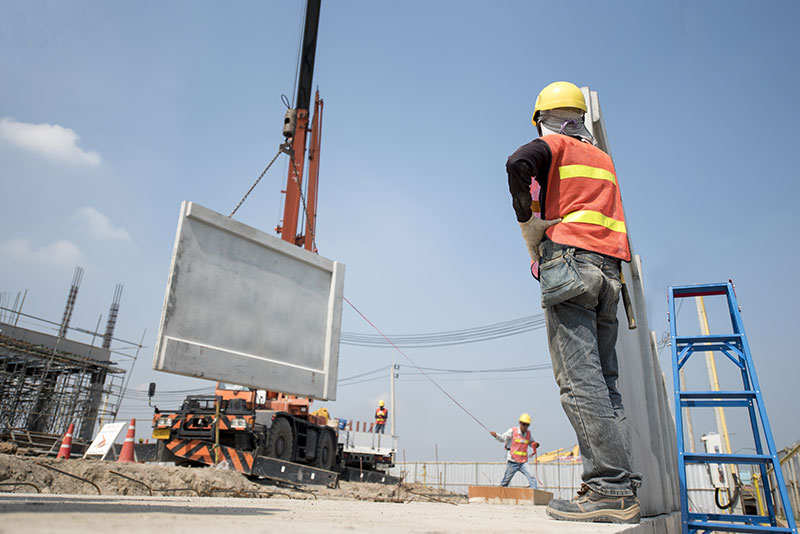

Prefabricated structures
Execution of prefabricated structures, partially or completely, has a number of advantages, from lower construction costs and shorter construction deadlines to better and more uniform quality thanks to controlled production conditions.
Sub Vision d.o.o. offers the service of designing and b prefabricated structures in accordance with the investors’ requirements.
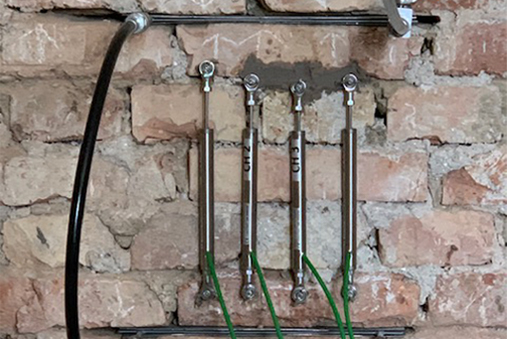
Earthquake remediation
Earthquake-damaged structures need to be remediated and strengthened to a level sufficient for the expected seismic stress and category in accordance with the current rules and legislation.
Sub Vision d.o.o. offers damage assessment and investigation of earthquake-stricken buildings, including earthquake resistance evaluation by the non-linear (“push-over”) method in accordance with Eurocode and cutting-edge practices. Also, our services involve reconstruction and reinforcement design, as well as the execution of works.




